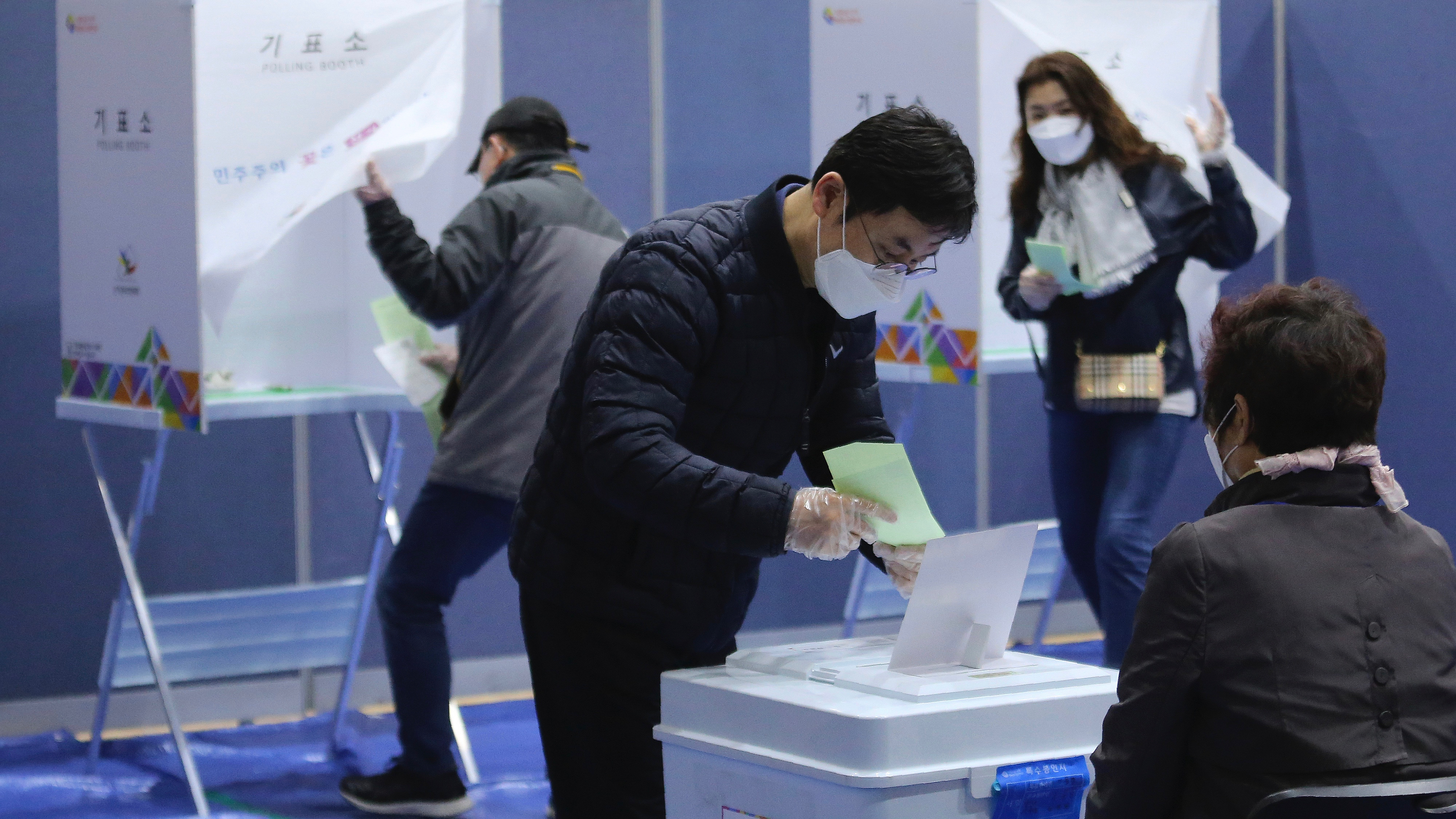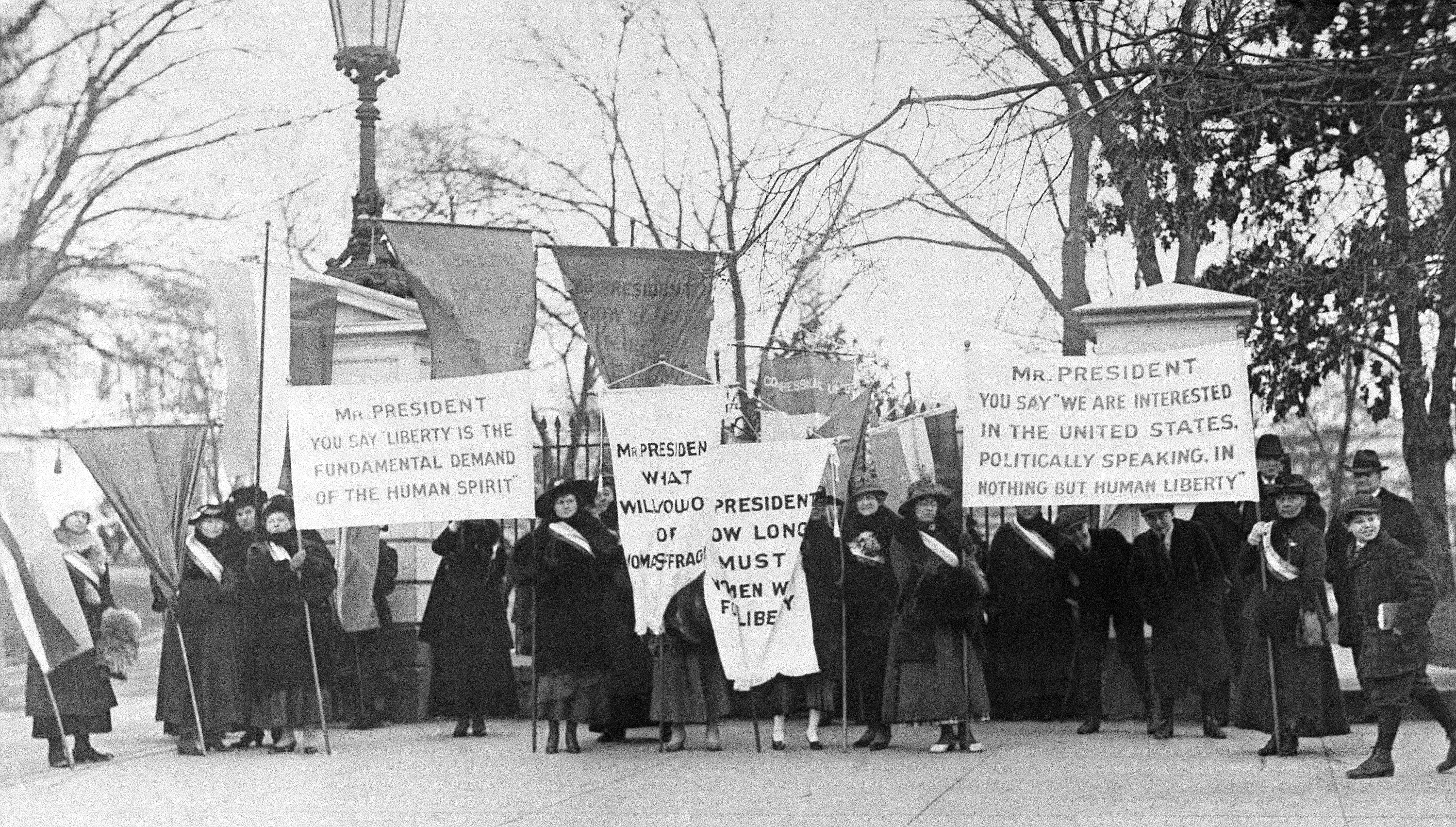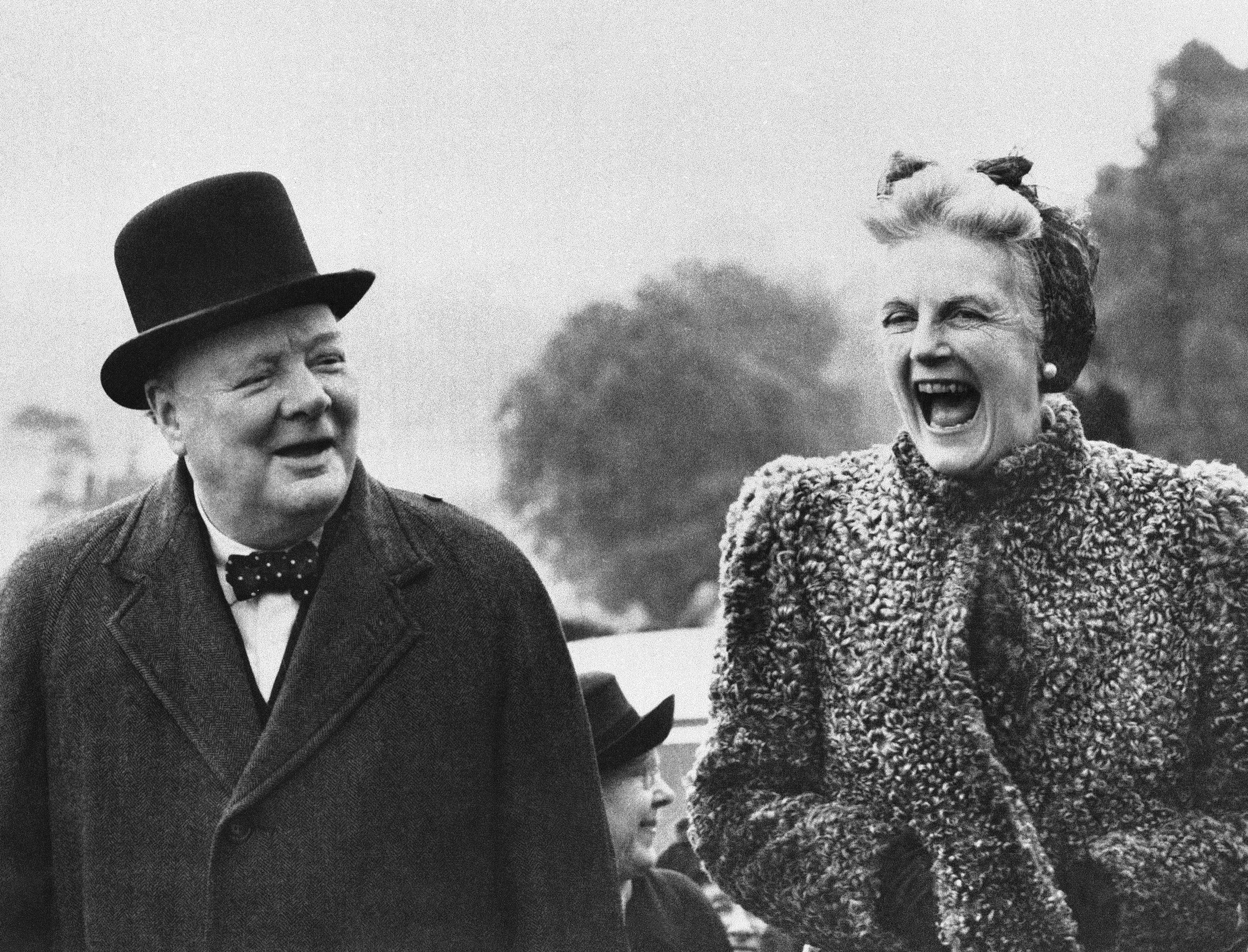
A man wearing a face mask to help protect against the spread of COVID-19 casts his vote for the parliamentary election at a polling station in Seoul, South Korea, April 15, 2020.
A man wearing a face mask to help protect against the spread of COVID-19 casts his vote for the parliamentary election at a polling station in Seoul, South Korea, April 15, 2020.
Countries across the world are weighing how to hold elections during the COVID-19 pandemic.
South Korea voted on Wednesday, Poland is scheduled to go to the polls on May 10 and the United States is due to cast ballots in November — but around 50 countries have postponed elections since the COVID-19 outbreak began.
Read more:
How Trump trails on COVID-19 approval ratings
South Korea election landslide secured by COVID-19
Why the U.S. mail-in voting battle is heating up
Elections at a time when rallies are cancelled, stay-at-home orders are in place and social distancing is enforced present unique difficulties for campaigning and voting. Safe and fair contests require extensive preparation and big changes to the way ballots are cast and counted.
Here are three examples of elections held in times of crisis, the fallout and some possible lessons.
1918: The war + pandemic election
Crises have repeatedly disrupted U.S. elections, from the 1864 presidential contest during the civil war — in which President Abraham Lincoln could not vote for himself, because he was out of his home state of Illinois — to the 9/11 attacks which took place on the day of the New York mayoral primaries and the arrival of Hurricane Sandy days before the 2012 presidential contest. But no election has been thrown into greater disarray than the 1918 midterms.
Background: Americans voted in the midterms despite the ongoing World War One — it ended shortly after polling day; around 2 million U.S. soldiers were overseas — and the Spanish Flu pandemic which killed hundreds of thousands of Americans and around 50 million people worldwide. Public gatherings were banned, businesses closed and candidates had to find new ways to campaign, including via newspaper columns or mail-outs.

Women call for voting rights at the White House, Washington, 1918. /AP
Women call for voting rights at the White House, Washington, 1918. /AP
What happened? The Democratic Party of incumbent President Woodrow Wilson lost control of Congress to the Republicans. Voters wore masks and turnout dropped by over 10 percentage points on the previous midterms. "If just a fraction of the drop in turnout from 1914 to 1918 was due to the presence of the flu, then the disease was responsible for hundreds of thousands of people not voting," Jason Marisam wrote in the Election Law Journal.
Consequences: Disenfranchisement is a longstanding problem in U.S. elections, and voting in a time of crisis risks exacerbating the issue. In 1918, women were only allowed to vote in 12 states. and millions of men could not vote because they were overseas fighting. But in addition, many eligible voters were either unable or unwilling to cast ballots. Confidence that voting is safe is vital, whether through in-person measures such as those seen in South Korea on Wednesday or the expansion of alternatives like by-mail.
1945: The post-crisis election
An election held in a time of crisis presents logistical difficulties, a vote held immediately after a traumatic period may lead to an unexpected result. Britain went to the polls in 1945 less than 12 weeks after Prime Minister Winston Churchill announced the surrender of Nazi Germany.
Background: Churchill, after leading a wartime coalition government since 1940, went to the country in 1945 seeking a Conservative majority. His international reputation was soaring and he had hero status at home — his approval rating stood at 83 percent, according to the BBC, and the Conservative campaign was built around his dominant character.

Clementine Churchill, right, laughs as British Prime Minister Winston Churchill talks during his election campaign, Chigwell, England, May 27, 1945. /AP
Clementine Churchill, right, laughs as British Prime Minister Winston Churchill talks during his election campaign, Chigwell, England, May 27, 1945. /AP
What happened? Churchill and the Conservatives lost in a landslide, one of the great shocks in British electoral politics. The Labour Party, led by Clement Attlee, won its first majority and went on to implement social reforms including the foundation of the UK's publicly-funded healthcare system, the National Health Service. The country was close to bankruptcy and shortages were rife. There was an appetite for a new social contract and Attlee, a man Churchill once described as "a sheep in sheep's clothing," offered a peacetime vision to a war-weary electorate.
Consequences: This was a post-crisis change election. After the trauma of the the conflict and nature of wartime government, ideas that once seemed radical, like the nationalization of large parts of the economy and introduction of far-reaching welfare state, looked moderate. It's far from an exact parallel from 2020, but there is warning: Post pandemic many countries will require rebuilding and restructuring — and that may leave voters looking for a different kind of agenda.
2020: The COVID-19 election
All countries are dealing with the COVID-19 crisis in different ways and are at varying stages of their respective responses, but South Korea, one of the worst-hit countries by the pandemic a couple of months ago, was able to hold a nationwide election on Wednesday with extensive planning but minimal drama.
Background: South Korea is an outlier in the COVID-19 pandemic. It was at the eye of the storm when cases exploded in the city of Daegu, but has drawn international praise for its handling of the crisis since. Its strategy of social distancing, extensive testing and tracing, while avoiding mass closures, is increasingly seen as a model others wished they'd been able to follow. As of Sunday, the country's total death toll stood at 234.

South Korean National Election Commission officials wear masks and face shields as they sort out ballots at a counting office in Seoul, South Korea, April 15, 2020. /AP
South Korean National Election Commission officials wear masks and face shields as they sort out ballots at a counting office in Seoul, South Korea, April 15, 2020. /AP
What happened? President Moon Jae-in's Democratic Party won a landslide victory. Turnout was the highest of any parliamentary elections since 1992 at 66.2 percent and voting was done almost entirely in person. The process involved standing one meter apart, temperature checks, hand sanitizing and use of disposable gloves. Poll workers wore protective clothing, and about 40 percent of those who voted cast their ballots early.
Consequences: Before the outbreak, Moon's party had been expected to struggle in the elections. But his administration's handling of the crisis turned around the party's fortunes: It was effectively a referendum on the president, whose approval ratings have soared. Competent management was rewarded, and the soaring turnout reflected confidence in the voting system and the precautions taken. It showed in-person voting can be possible without risking public health — but extensive preparation and coordination is needed.